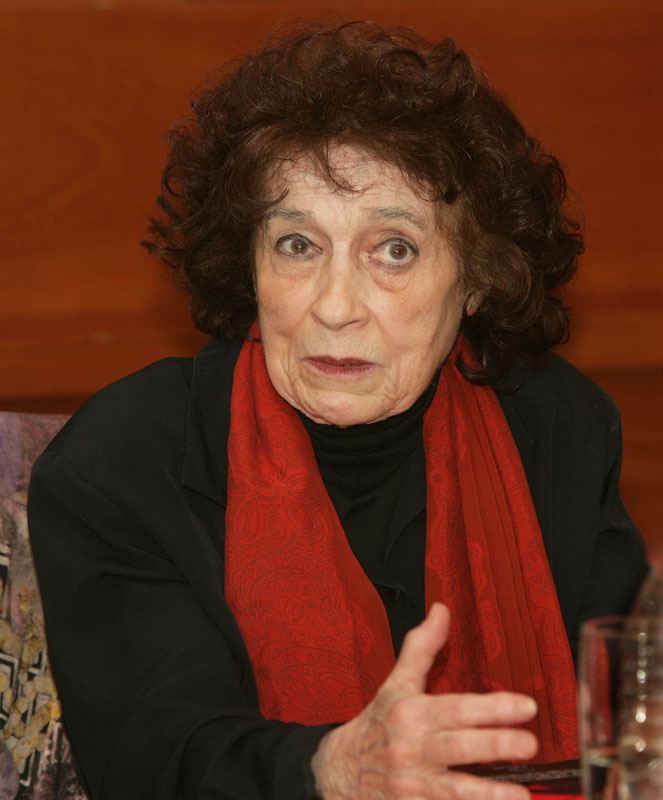4.1.3.10 Female poetry linked to the generation of the 50s

The generation that followed Origenism, although the phenomenon has not been thoroughly analyzed, had the presence of an important group of women who contributed in quantity and poetic quality to form the collective face of a multiple proposal but with quite defined features, settled in the common neo-romanticism, sometimes with a Creole flavor, given above all by the Matanzas native Carilda Oliver Labra, a central figure who stood out not only among the poets but within the entire concert of her generation.
Among this group of poets—some of them progressive thinkers regarding the position of women in society—is Nivaria Tejera, whose works, “Luz de lágrima” (Tear Light), 1950; “La gruta” (The Grotto), 1953; and “Alba en el niño hidropésico” (Dawn in the Hydropsic Child), 1954, already reveal herself as a poet worthy of inclusion in our literature, with a distinct voice that elevates Cuban Romanticism.
For her part, Pura del Prado occupied an important place in the feminine course of this movement. Author of “De codo en el arcoíris” (From the Elbow in the Rainbow), 1952; “Los sábados y Juan” (Saturdays and Juan), 1952; and “Canto a Martí” (Canto to Martí), 1953, she was able to capture her own emotional content in original verses. The last of the aforementioned texts constitutes a moving tribute to José Martí in the year of his centenary, which other Cubans would join in, testifying to a veneration that was not exclusively aesthetic or ethereal.
Dora Varona, with “Rendija al alma” (Rendija al alma), 1952, and Aleida Cruz Espineta, author of “Arabescos” (Arabesques), were part of this group; shortly after, Ana Nuñez Machín published “Raíces” (Roots). Rosario Antuña’s poetry, for its part, coincided in some areas with certain innovative sprouts that would not bear fruit until years later. Thelvia Marín’s verses also shared the aforementioned generational elements.
It’s important to note that women’s poetic role at that time was developing in an adverse environment, not only politically but also from a broader perspective. The bourgeoisie and society in general were suffering from a crisis of values, where women were neglected in many ways. However, many of our poets later joined the revolutionary transformations and developed new poetic talents within them.








